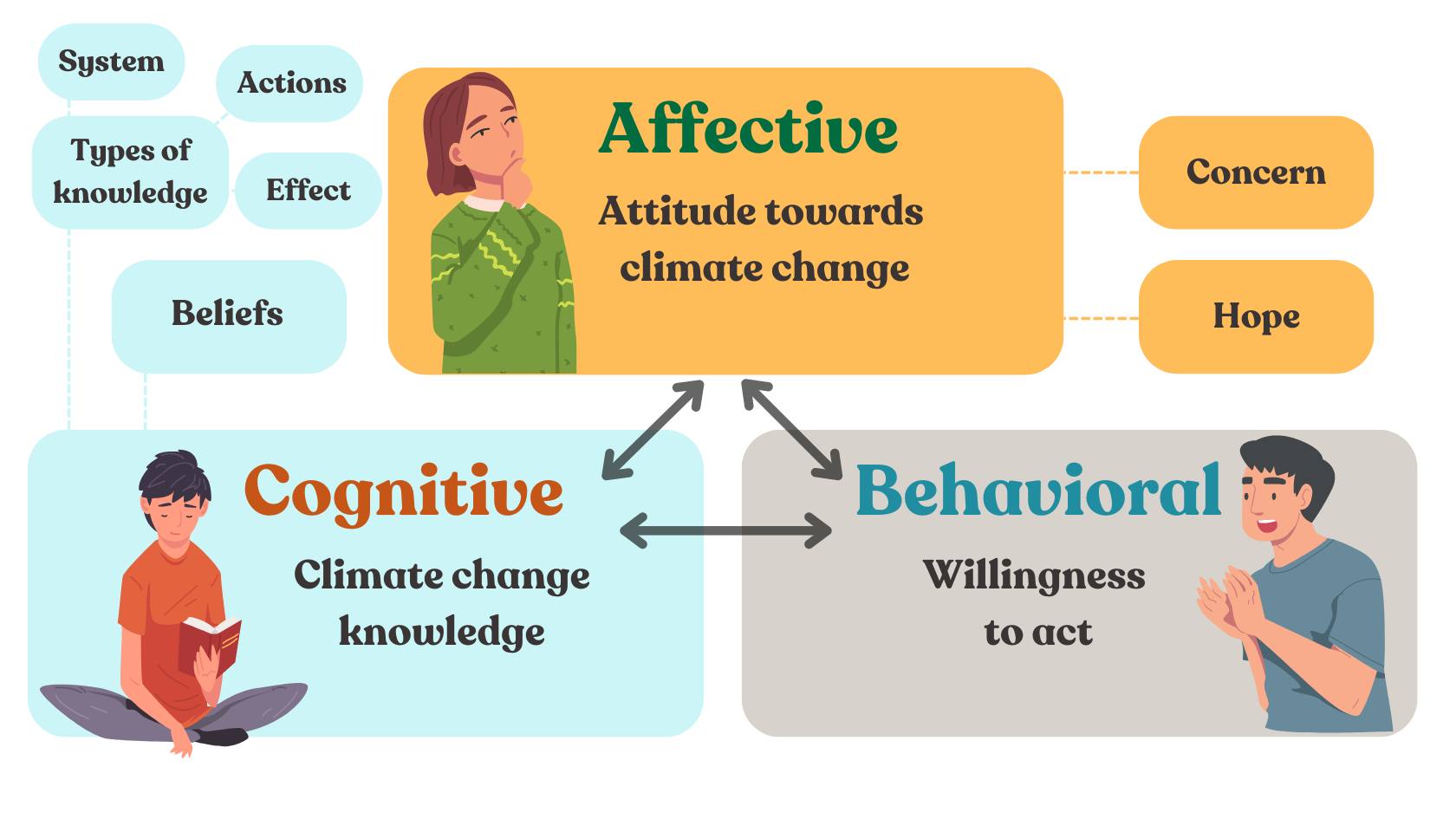
Students in Japan are more likely to be apathetic towards or confused by climate change than concerned or actively involved in the issue, according to research at the University of Tokyo. Based on a survey of Japanese junior high school students, the study found the participants could be divided into four main groups and indicating the most important factors influencing whether students engaged in meaningful action around climate change were their feelings of concern, hope and attitude towards finding solutions. This research highlights the importance of addressing not only students' knowledge gaps, but also the emotional and attitudinal aspects of climate change education.
In 2021, the United Nations said that environmental education, including climate change education (CCE), should be part of the core school curriculum by 2025. To be effective, the research organization Sustainability and Education Policy Network proposed that students not only engage in learning to know (cognitive), but also learning to be (socio-emotional), learning to do (action-oriented) and learning to live together (justice-focused).
In the recently published study, doctoral student Kelvin Tang from the University of Tokyo found that the emotional and attitudinal aspects of climate change education are indeed key for bridging the gap between students' knowledge of climate change and these youth taking action on it.
"My research highlights the need for comprehensive CCE that nurtures positive attitudes and emotional engagement among students," said Tang. "By fostering a deeper emotional connection to the issue, educators can inspire students to translate their knowledge into actions."
Tang surveyed over 400 students, aged 12 to 14 years old, from three Japanese public junior high schools, in the Greater Tokyo area and the city of Oita in southwestern Japan. The surveys aimed to identify students' knowledge and knowledge gaps; analyze their affects or socio-emotions (i.e., their attitudes, hopes and concerns) and behavior (i.e., their willingness to take action); and examine what led each student to their way of thinking.

Analyzing the results, Tang could divide the students into four main categories: Apathetic (approximately 37%), Confused (approximately 31%), Concerned or Promising (approximately 19%), and Advocate (approximately 13%). While the Concerned and the Advocates, in total about 30% of the students surveyed, both showed high levels of cognition about climate change, the Advocates were most likely to take action. Amongst the Apathetic and the Confused, the latter had only slightly higher cognition of climate change, but dramatically higher affective and behavioral intentions.
For Tang, the most surprising finding was the limited understanding of climate change mitigation. On a task where students had to rank a list of solutions from most to least effective, the most frequently chosen order placed less-effective solutions at the top and more effective near the bottom. For example, restoring tropical forests and recycling were ranked highly, while family planning and plant-based diets were rated lower. This was opposite to the correct order, according to the Climate Literacy and Energy Awareness Network education project. When students were asked from where they got most of their climate change-related information, the main source was television, very closely followed by school, and then the internet.
"In Japan, the correct order of effective climate actions is not sufficiently taught in schools, and the order in which respondents ranked the actions reflects the sociocultural context," said Tang. "The declining population issue in Japan likely influenced adolescents' perceptions, making family planning less of a priority. Similarly, plant-based diets are less emphasized because Japan is among the top 10 countries for meat consumption per capita. Meanwhile, household recycling, restoring tropical forests and environmental protection are familiar concepts that have been ingrained in Japanese education and society from a young age."
Tang hopes that by identifying these four different groups, policymakers and educators will be able to respond to different students' needs with more tailored climate change communication and education strategies. "Students identified as Apathetic, with low levels of cognition, affect and behavioral intention, should first be engaged through creative and fun activities to spark their interest in the issue," suggested Tang. "On the other hand, the Advocates, who exhibit high levels of cognition, affect, and behavioral intention, can be empowered through project-based learning that involves community engagement and practical climate action projects."
Tang next plans to work with schools both within and outside of Japan to effectively integrate CCE into their curricula. "The primary inspiration for this research stemmed from the recognition that the young generation will bear the brunt of climate change impacts," said Tang. "It is crucial for their educators and guardians to empower them with the knowledge, skills, values and attitudes necessary to address these impacts and become agents of change."






